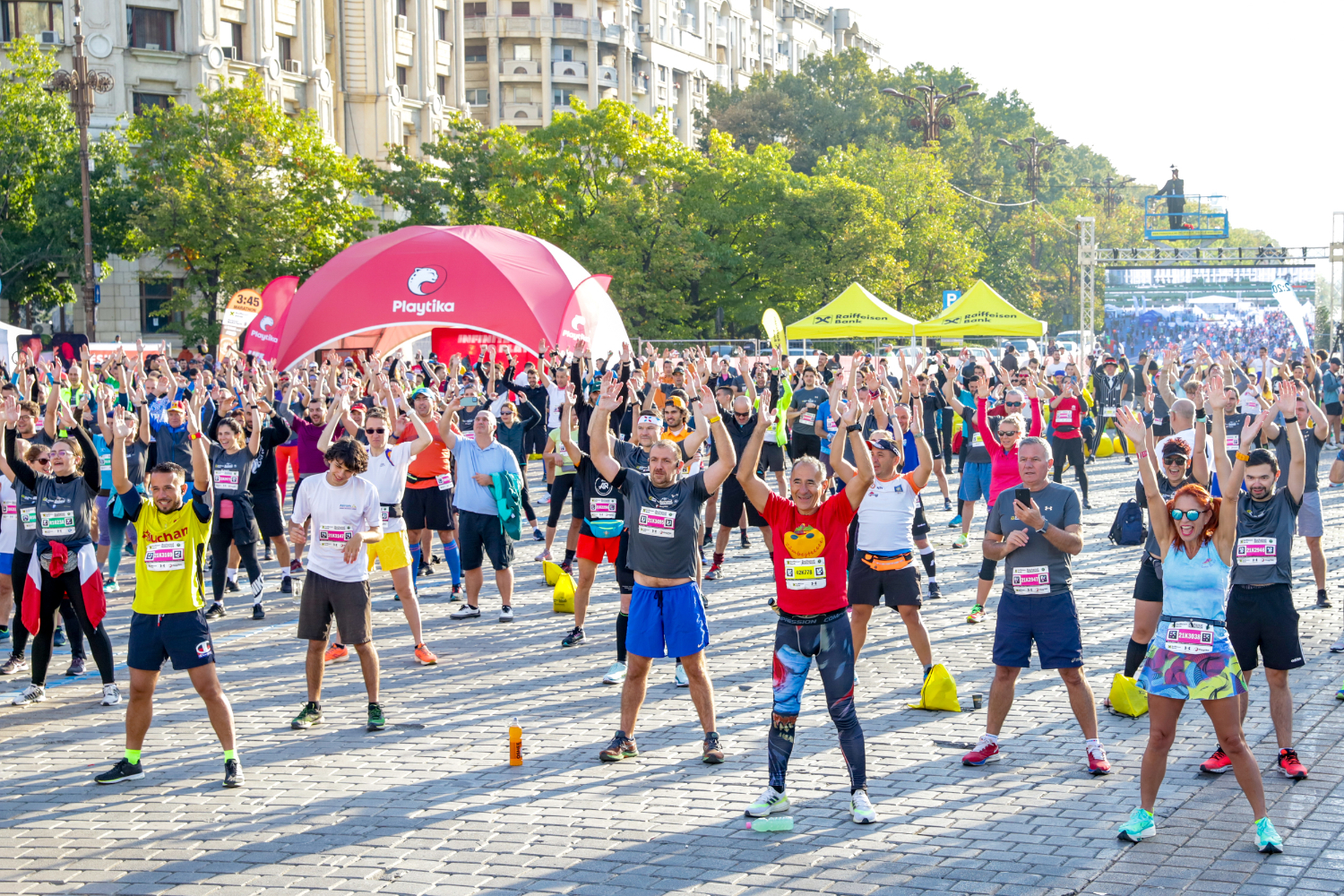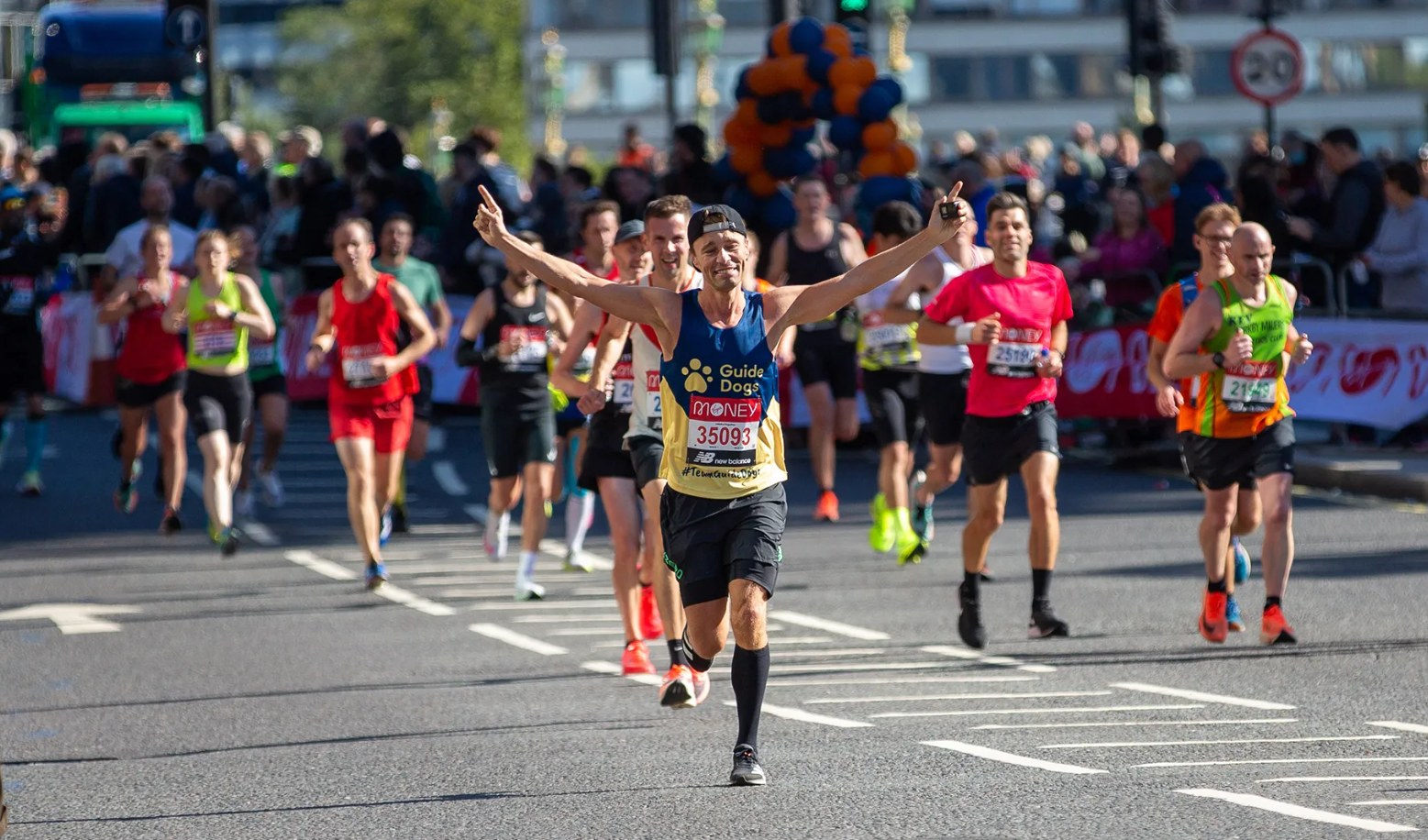Running a marathon is one of the most stimulating and challenging goals as far as such an activity is concerned. In order to be successful, it is important to be very patient and professional when it comes to training, whether you are an experienced runner or just a newbie. This guide is going to walk you through all of the basics of marathon training, so you are both prepared and fired up on race day.
Get Started with a Plan

Plan out your training before you lace up those running shoes. Having some sort of plan will let you gradually build up endurance and prevent injuries. Most plans for marathon training are for 16–20 weeks.
Most of these plans typically include the following:
-
- Running Days: This is your everyday run to help build stamina.
-
- Rest Days: An Essential Part of Recovery; Cross-training: This refers to other sporty stuff like cycling and swimming to get you in shape.
-
- Make realistic goals: Set realistic goals based on how physically fit you are. If this is your first, second, or even third time running a race, work toward crossing the finish line, not attaining a time goal. If you are experienced, set a time goal that will challenge you. After all, foremost, you want to cross that finish line and enjoy the journey.
Build your endurance

Any marathon runner needs to have endurance. You want to start out with shorter runs and then build them up in length. Here’s how:
-
- Long Runs: One long run a week will help you develop stamina. Do 6 to 8 miles and add a mile a week.
-
- Weekly Miles: You want to be running 20 to 30 miles a week, depending on your fitness level.
-
- Pace: Run at an easy pace. You should not be running hard; this is a long run, not a race.
Incorporate speed work
:max_bytes(150000):strip_icc():focal(749x0:751x2):format(webp)/nyc-marathon-rules-7-103123-f5cb835f4c7a44cdb8a66356e0b986f8.jpg)
Speed workouts make you more efficient at running and help lower your race pace. Add intervals and tempo runs to your training. Here’s a really simple approach to this:
-
- Intervals: Run fast, then slow. For example, sprint for 1 minute, then jog for 2 minutes. Repeat for 20–30 minutes.
-
- Tempo Runs: Run at a hard, but sustainable, pace for 20 minutes. This will increase your lactate threshold.
Easy runs are more important
Recovery is just as important as training. Otherwise, you leave yourself open to injuries and burnout. Here are some tips to follow:
-
- Rest days: Take at least one rest day per week to let your muscles recover from a long week of exercise.
-
- Sleep: Get 7-9 hours of sleep each night. During this time, your body will repair and rebuild what’s needed.
-
- Stretching: Do some stretching or take up yoga to maintain flexibility and reduce muscle tension.
Fuel your body right
Proper nutrition fuels your training and race performance. Pay attention to a well-balanced diet with the following key components:
-
- Carbohydrates provide energy. The food you eat should be composed of whole grains, fruits, and vegetables. Proteins are needed to rebuild muscles; eat lean meats, dairy products, and legumes.
-
- Fats contribute to health overall: Add avocados, nuts, and olive oil to your meals.
-
- Hydrate: Drink enough water throughout the day. During long runs, use sports drinks to replace lost electrolytes.
Gear up properly
The right gear can really help you in your marathon experience. Outfit yourself with the following:
Running Shoes: Such shoes should be chosen so that they are well-fitting and support properly. Consult a specialty store about the best type for your foot.
-
- Clothing: Moisture-wicking clothes will help to keep you dry and comfortable.
-
- Accessories: Bring on board the best running watch or fitness tracker if you track your runs.
Train your mind
As much as it is about your physical training, your mental preparation is equally important. There happens to be a test of your mental strength and will in marathon running.
Try these strategies:
-
- Visualization: Imagine yourself crossing the finish line and attaining your goals.
-
- Positive Affirmations: Use encouraging statements to keep you motivated.
-
- Mindfulness: Indulge in mindfulness or meditation to reduce stress and increase focus.
Practice Race Day Simulation
As you prepare for the race, simulating race-day conditions gives you a feel for what to expect during the race. Make sure to include these elements in your training:
-
- Long Runs: Do long runs at your expected race pace.
-
- Nutrition: Test out your nutrition plan you have set for race day while on your long runs to discover what will work for you.
-
- Apparel: Train in the apparel you plan to race in.
Taper Before the Race
In the final weeks before your marathon, wind down your training volume. This gives your body time to recover and be prepared to perform to its best capacity on race day. Decrease your mileage by 20–30% each week; remember, you want to hold on to your fitness but allow your muscles some rest.
Get ready to enjoy the experience
Training for a marathon is a huge accomplishment. Enjoy the process, celebrate the progress, and keep your eyes on the prize. Remember, every step you take puts you closer and closer to crossing that finish line.
Get to your first marathon feeling confident and prepared for these tips, and have a positive attitude to match. Embrace the challenge, trust your training, and, above all, have fun running!
By following these tips and maintaining a positive mindset, you’ll be well-prepared for your marathon. Embrace the challenge, trust your training, and most importantly, have fun running!



